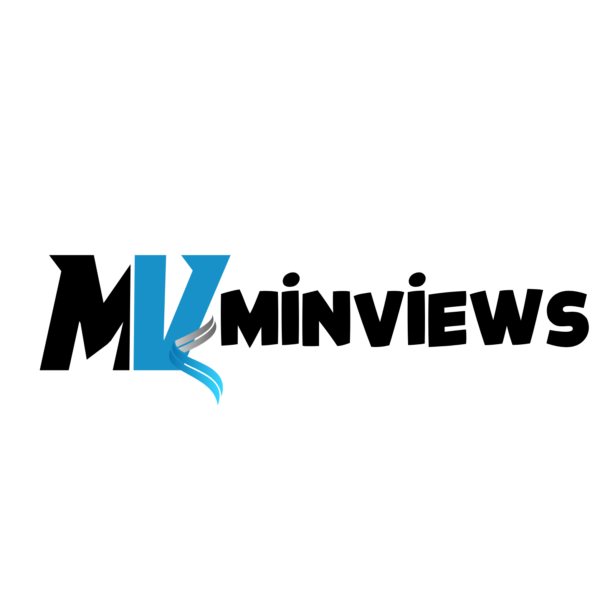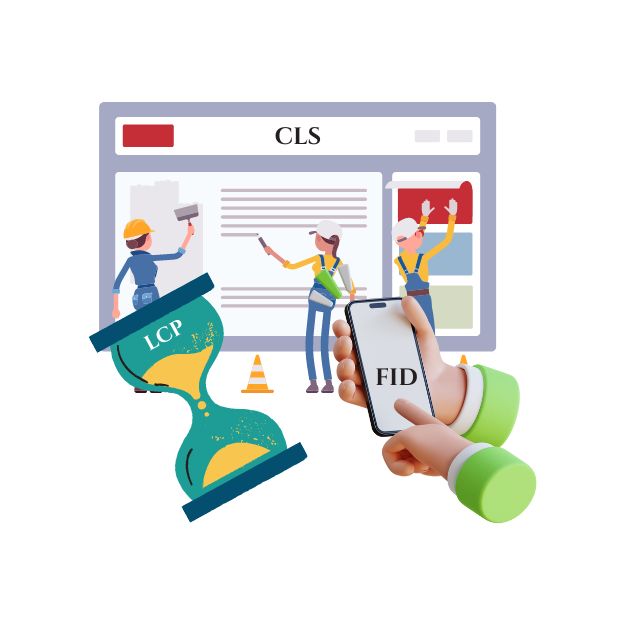If you manage a website, you’ve likely heard of Core Web Vitals. These metrics are increasingly important in SEO and web optimization, as they measure your website’s performance from a user experience standpoint. By understanding and optimizing these figures, your site can provide visitors with an improved experience, leading to higher engagement rates and potentially more business. In this post, we’ll explore what Core Web Vitals are, why they’re important for online success, and how images can improve them. Let’s dive in!
What are Core Web Vitals?
Core Web Vitals are a set of metrics designed to measure the overall user experience of a webpage. They include three key components:
Loading Time (Largest Contentful Paint – LCP): Measures how long it takes for the main content of a page to load.
Interactivity (First Input Delay – FID): Measures the time it takes for a page to become interactive.
Visual Stability (Cumulative Layout Shift – CLS): Measures the amount of unexpected layout shifts of visual page content.
These metrics are crucial in delivering a high-quality user experience. By optimizing them, website owners and developers can ensure that their sites are fast, responsive, and visually stable, resulting in happier users and higher engagement.
Why are they important?
As a website owner or digital marketer, it’s essential to understand the importance of these metrics. Google has announced that these metrics will become a ranking factor in their search algorithm starting May 2021. This means that websites prioritizing these metrics and providing a better user experience are likely to rank higher in search results. Therefore, ensuring that your website meets these standards is crucial for your online success.
Importance for SEO
These metrics are not just about user experience; they are also critical for SEO. They measure page loading speed, interactivity, and visual stability, directly impacting a user’s experience on a website. As they become increasingly important for search engine rankings, optimizing these metrics can significantly enhance your site’s visibility and performance in search results.
How do images impact these metrics?
Understanding how images affect these metrics is essential as their importance continues to grow.
Optimizing Image File Size and Format: Large images can slow down loading times, leading to high LCP scores, which negatively impact user experience. Choosing the correct image type (JPEG, PNG, SVG) for the context and resolution can affect FID and CLS scores.
Lazy Loading: Implementing lazy loading for images not initially visible on the screen can improve loading times and LCP.
Compression: Ensuring your images are compressed for delivery is another crucial factor. Compressed images load faster, enhancing overall performance.
Also Read: Understanding Time to First Byte and How to Improve It for Your Website
Conclusion
It’s evident that these metrics affect your page’s loading speed and user experience. When optimizing websites, especially images, it’s crucial to reduce large file sizes and loading times by employing the right imagery formats and sizes. This ensures the best possible website performance.
Furthermore, keeping your images compressed and employing techniques like lazy loading can significantly improve your site’s performance, aligning with Google’s requirements and standards. Remember, optimizing images is vital for enhancing these metrics, leading to better user experience and SEO benefits, crucial for success in Google searches for years to come.

